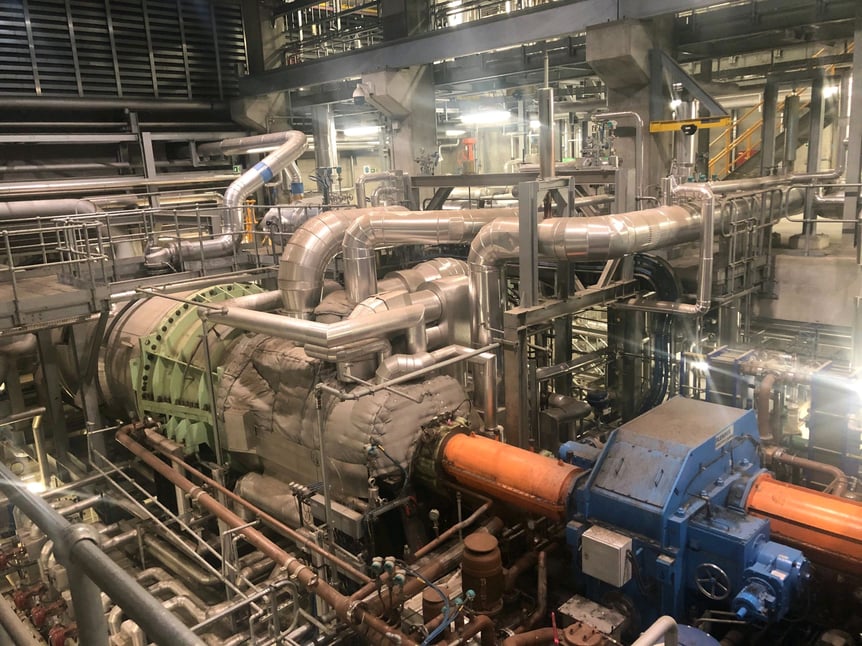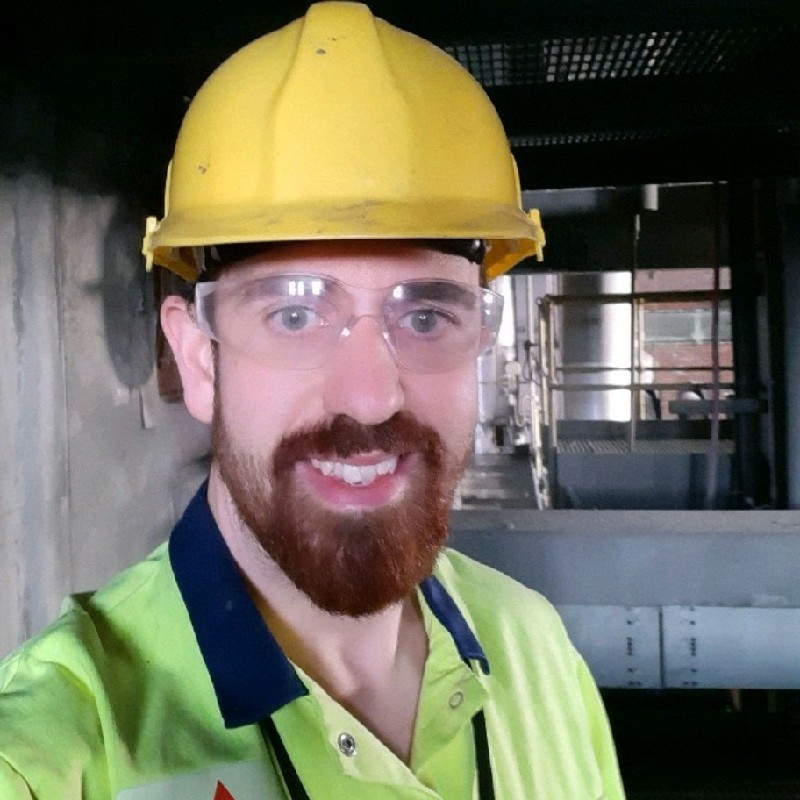Pulverized coal-firing technology is widely used in large-scale power production due to its high efficiency and scalability. In this process, coal is pulverized in grinding mills before being blown into the furnace of a high-pressure steam boiler for combustion.
However, replacing coal in these applications typically requires the alternative fuel to be ground to a size small enough to be blown into the furnace effectively. This reduced size ensures rapid combustion, enhancing its efficiency while minimizing emissions.
Limitations of traditional alternative fuels (biomass wood pellets)
Traditionally, the need to pulverize the fuel prior to combustion has limited the type of fuel these plants can use to those that can effectively be ground to a powder. Only biomass wood pellets have been applied successfully at an appreciable scale.
Although biomass offers substantial carbon savings compared to coal, there are growing concerns regarding the sustainability of widespread biomass sourcing, as it puts pressure on woodland ecosystems as well as the relatively low availability and high price of suitable biomass fuels.
One promising alternative to using biomass as a coal substitute is to utilize refined waste-derived alternative fuels. These fuels are produced from residual domestic, commercial, and industrial waste streams that are non-hazardous and cannot be recycled.
How waste-derived fuels are produced from residual domestic, commercial, and industrial waste streams
These materials can be collected, sorted, dried, and densified to produce alternative fuel. This development in waste-derived fuel production has opened the possibility of substituting coal in pulverized fuel-firing applications by changing the physical nature of waste streams to enable their pulverization. These facilities can either combine coal and waste alternatives or completely substitute coal for 100% waste-derived fuels.
The benefits of using advanced waste-derived alternative fuels as a substitute for coal in existing high-efficiency power generation plants are numerous. They have a significantly lower climate impact than coal since they contain approximately 50% biogenic material of biomass origin.
The carbon emitted when combusting this portion of the fuel does not directly contribute to greenhouse gas emissions. Additionally, the carbon intensity of electricity generated using waste derived alternative fuels alone reaches levels less than 390 gCO2e/kWh, in line with the most efficient modern combined cycle gas turbine plants.
Furthermore, the life cycle carbon intensity of our society is reduced by ensuring that valuable natural resources undergo a number of life cycles before their recovery by combustion. The material used in the production of waste derived alternative fuels will have undergone one, if not many, lives as useful products and packaging prior to their incorporation into alternative fuels.
This circularity ensures that all materials extracted from the environment are utilised to their greatest advantage prior to being used as fuel to displace fossil fuels. In this way, the overall impact of human activity on the environment and climate can be minimised.
Economic benefits, such as reduction in costs associated with EU ETS allowances
By using alternative fuels in existing power plants, a 55-65% reduction in net CO2 emissions can be achieved compared to coal. This reduction in CO2 emissions brings both major environmental and economic benefits. By avoiding the need to purchase EU Emissions Trading Scheme (EU ETS) allowances, the cost of carbon is reduced, which is a major component in the operating cost of European coal-fired infrastructure.
EU ETS allowances are now priced at ~€80 per tonne of CO2 produced, which is equivalent to ~€190 per tonne of coal used. For each tonne of coal replaced with waste-derived alternative fuels, this cost is reduced by between €90 and €115. Considering a single, average-sized 500 MWe coal-fired boiler unit can use as much as 1.5 million tonnes of coal per annum, the potential savings are considerable.
The potential for these fuels to reduce both environmental and economic costs
In conclusion, advanced waste-derived alternative fuels can be a promising solution for replacing coal in pulverized fuel-firing applications. Not only do they produce significantly lower carbon emissions, but they also help reduce the pressure on landfills and oceans and enable diversification away from expensive, carbon intensive virgin fossil fuel resources.
These fuels are produced from residual domestic, commercial, and industrial waste streams that are non-hazardous and cannot be recycled. Utilising these materials as an alternative to coal offers both environmental and economic benefits by reducing CO2 emissions and costs associated with EU ETS allowances.
Download our Strategic Guide about alternative fuels
From the production process to the environmental and economic benefits, this whitepaper is your go-to guide for understanding the potential of waste-derived alternative fuels. Don't miss out on this valuable information. Download our whitepaper now and discover how your power plant can benefit from this cutting-edge technology!



